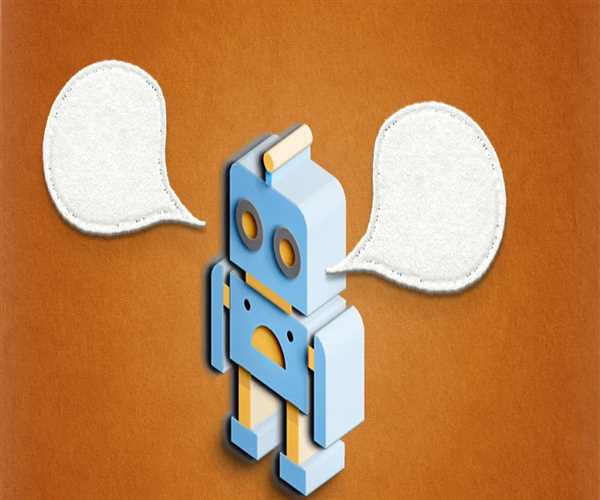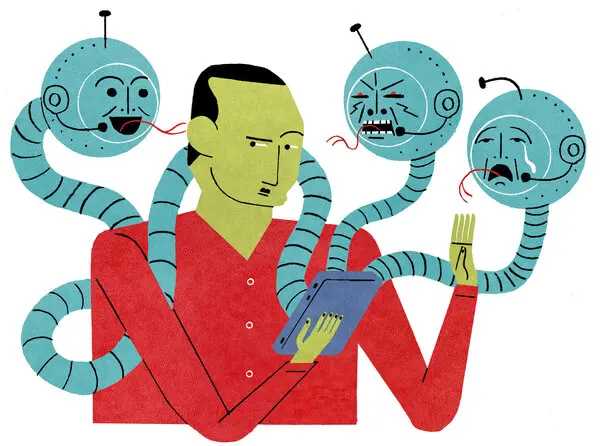Search here

06-Nov-2024 , Updated on 11/6/2024 10:14:49 PM
Why Do Different AI Bots Show Different Results?
AI bot platforms are firmly rooted in today’s advanced digital communication due to the relentless development of AI technology. Depending on the case when they work as question/answer machines, advisors, or carry out customer service, these bots are quite different from each other. The reason for this kind of inconsistency could be training data or the algorithms used in each AI system, the context of the user, as well as the structure or design of each AI system.
Below is a breakdown of the reasons behind these differences:
1. Diverse Training Data
In other words, the effectiveness of using AI models can only be as robust as the data that feeds the model. There are varied AI systems that feed on different data feeds that define how they analyze user inputs.
- Variability in Source Data: The information on which the AI bots rely can be of a varied nature. For instance, some models use scientific information, whereas others may use openings or data that is available to the public. This difference in sources can either make answers to any question vary or be so similar it can leave one baffled.
- Data Quality and Relevance: The quality of the datasets is also an influencing factor. When a bot is trained to use selected and credible articles, it will produce satisfying answers, but in the case of using articles with both good and bad information, then the outcome shall not be so pleasing.

2. Thinking and structural pattern designing
Every AI bot is designed to work on certain algorithms explaining how a specific bot processes reactive stimuli and produces reactive responses.
- Differences in Natural Language Processing (NLP): Every AI platform has a different NLP algorithm in-app that dictates how the bot handles the language being used. The conversation style of some bots is smooth with great and accurate mimicry of human responses; others are very straightforward with their focus on getting straight to the information required in the conversation.
- Weighting and Scoring Mechanisms: Some phrases or keywords are given more importance than others, which causes a bot to be more targeted in a given topic. This weighting can cause some of the bots to have high relevance towards some aspects rather than others even as they respond to the same topic.
3. Architecture and Framework
The framework on which the AI bot is based—whether it is based on Transformer models, RNNs, or rule-based systems—makes a huge difference in the way an AI bot understands queries.
- Deep Learning Models vs. Rule-Based Models: Advanced deep learning models can understand nuance and context but at times may "hallucinate" data if they misinterpret complex questions. In contrast, the rule-based model might be much more consistent but lacks the flexibility in a conversation.
- Scalability and Performance Tuning: Bots differ in their tuning to scale up or speed up. Some systems sacrifice depth for speed that yields quick answers, but sometimes they are not as deep. Others might provide deeper answers but take a long time to generate those results.
4. Frequency of updates and model refinement
AI bots are updated with periodicity in order to improve the performance; however, this frequency is quite different between the platforms.
- Real-Time Learning Abilities: Some AI bots include the ability to learn in real-time or have dynamic, up-to-date knowledge that continues to update itself. There are bots that lack this characteristic and, thus, lack knowledge on recent topics trending and so will use outdated responses.
- Refresh rates of datasets: Those AI bots with frequent refresh data tend to update well the recent events and information in their knowledge systems. Low refresh rates of datasets tend to be slower.

5. User Intent and Personalization
Another very significant factor that the users have a say in determining the kind of responses that the bots may provide is when the bots apply the technique of personalized learning.
- Understanding User Intent: We have seen how bots use the combinations of user input and their learned intent or past interactions to discern the new input. If the avatar is to be used to run a technical support help line, it may offer solutions rather than explanations, and so it could submit abbreviated answers as opposed to the casual chat bots.
- Customized Experiences: Some are able to modify their response according to their prior interaction with the users, helping to improve the output the users desire. Thus, it is clear that depending on the patron, it may lead to collisions, but more often it produces significantly different answers when different patrons are using the same question.
6. Purpose-driven Architecture
Target goals are often incorporated into the creation of an AI bot meant to perform certain tasks, which determine the kind of responses it produces.
- Objective-Oriented Responses: For instance, customer support bots are known to be established to troubleshoot as fast as possible, and therefore, their answers closely need to be direct. In contrast, informational bots that include search engines are focused more on the overall in comparison to specificity.
- Specialized Domains: Most advanced chat bots can be tailored for particular sectors, including the financial, health, or educational sectors. Bothe these domain-specific models are meant to answer within their knowledge areas, and hence produce inconsistencies when working with queries outside those domains.
Conclusion
Knowing why several AI bots have the ability to offer different answers must look at the specific elements that define the AI bots. Staking a claim on variance in data set to algorithm design and intention interpretation, each AI platform is unique. Therefore, because AI is an ever-moving train, the existing variation in bot responses will remain constant, and it will keep changing because of the available technology and the customization done on the end-users.

Student
Being a professional college student, I am Shivani Singh, student of JUET to improve my competencies . A strong interest of me is content writing , for which I participate in classes as well as other activities outside the classroom. I have been able to engage in several tasks, essays, assignments and cases that have helped me in honing my analytical and reasoning skills. From clubs, organizations or teams, I have improved my ability to work in teams, exhibit leadership.
Join Our Newsletter
Subscribe to our newsletter to receive emails about new views posts, releases and updates.
Copyright 2010 - 2025 MindStick Software Pvt. Ltd. All Rights Reserved Privacy Policy | Terms & Conditions | Cookie Policy